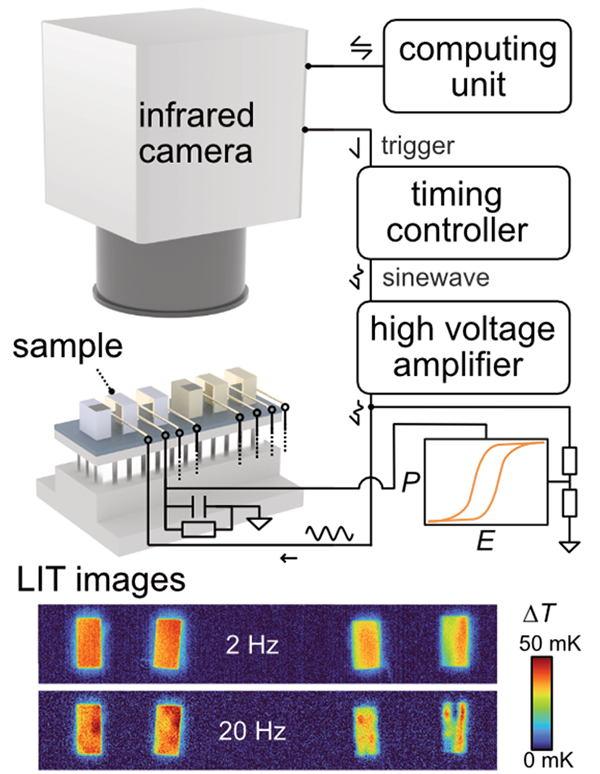MANA International Symposium 2025
Semiconductor Materials - 03
Abstract
The electrocaloric effect is the most widely recognized thermal phenomenon in dielectrics, arising from changes in an applied electric field that lead to heat absorption or release throughout the system due to entropy changes associated with dielectric polarization. In contrast, thermoelectric effects, which simultaneously generate both heating and cooling within a material, have received limited attention in dielectrics, primarily because of their insulating nature. Nevertheless, by analogy with the transport phenomena associated with magnetization dynamics in magnetic materials

Reference
- K. Uchida et al., Nature 455, 778 (2008). DOI: 10/c3mtgc
- R. Iguchi et al., Appl. Phys. Lett. 122, 082903 (2023). DOI: 10.1063/5.0137686
- G. E. W. Bauer, R. Iguchi, and K. Uchida, Phys. Rev. Lett. 126, 187603 (2021). DOI: 10.1103/PhysRevLett.126.187603

